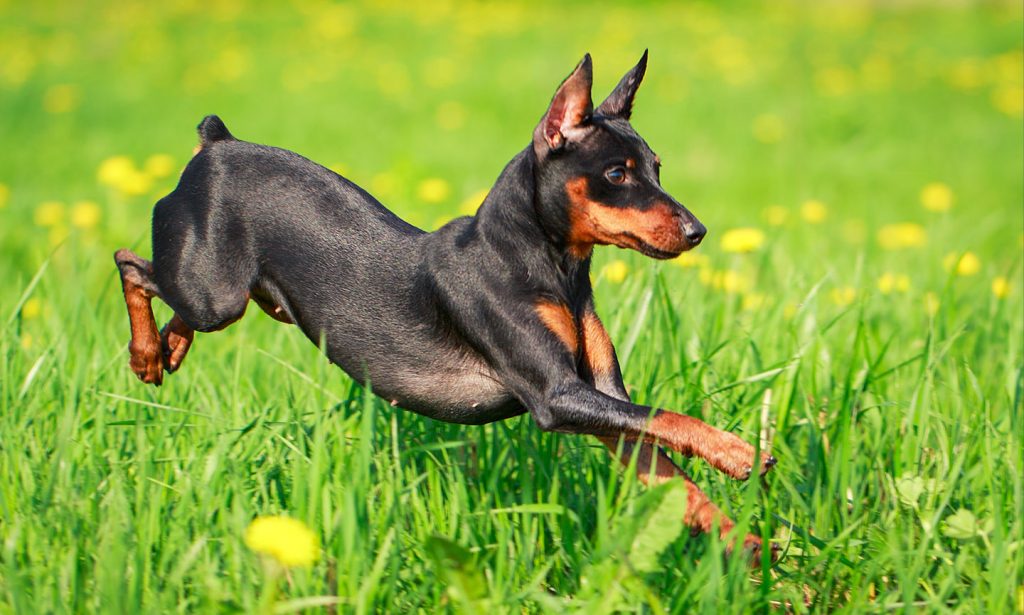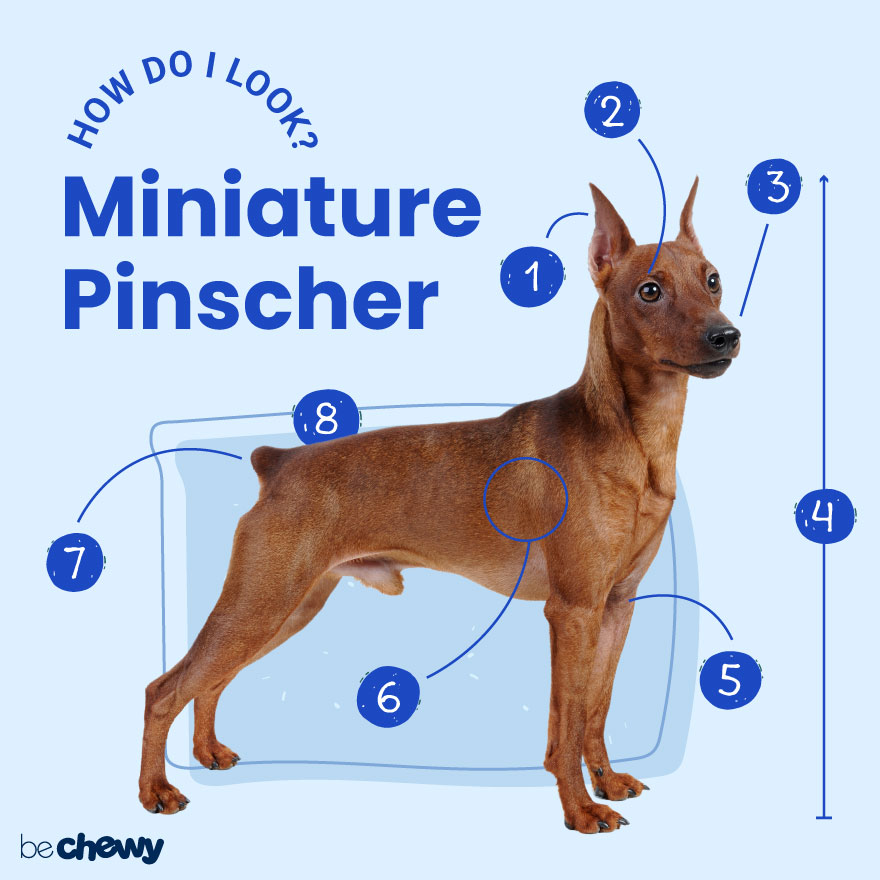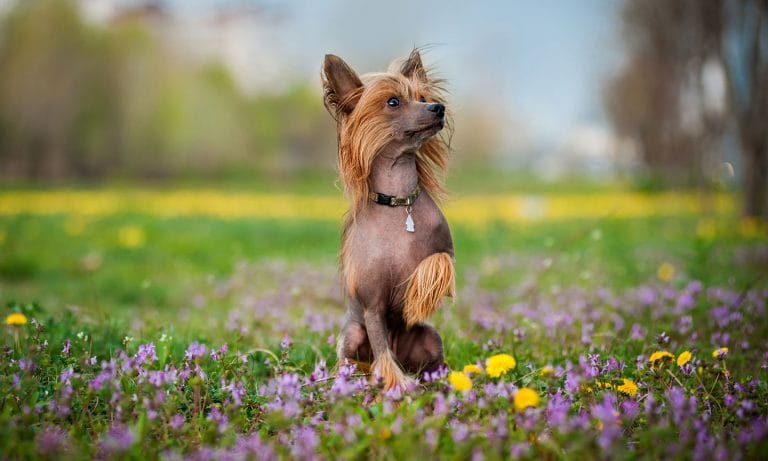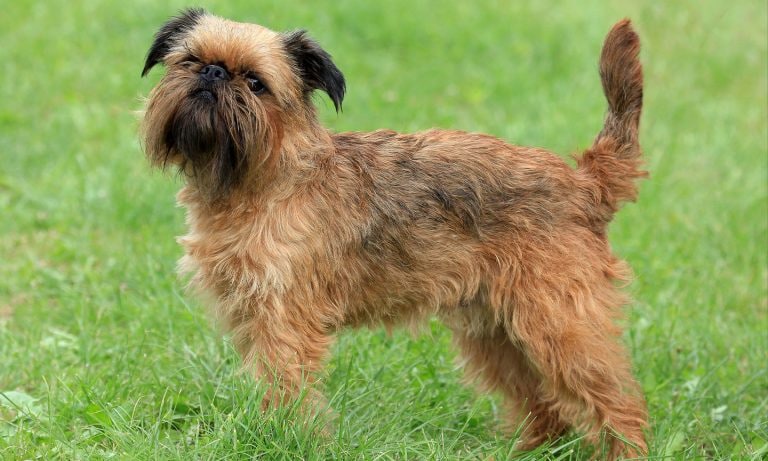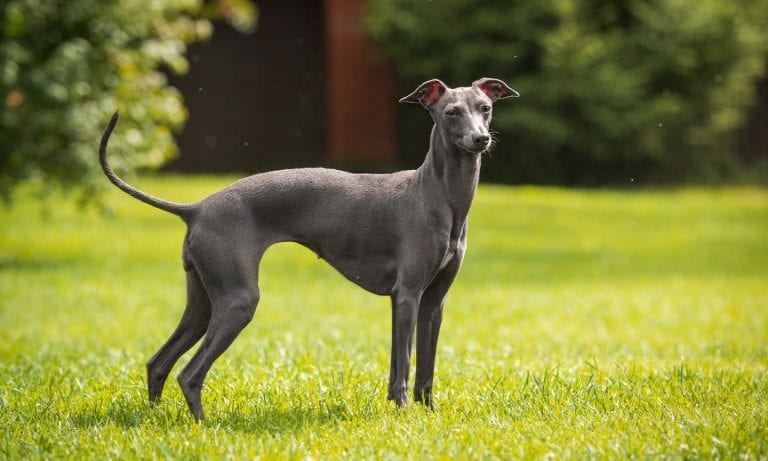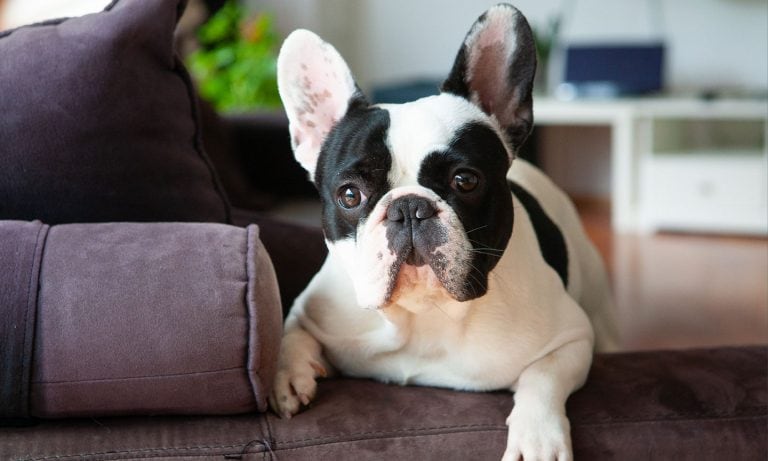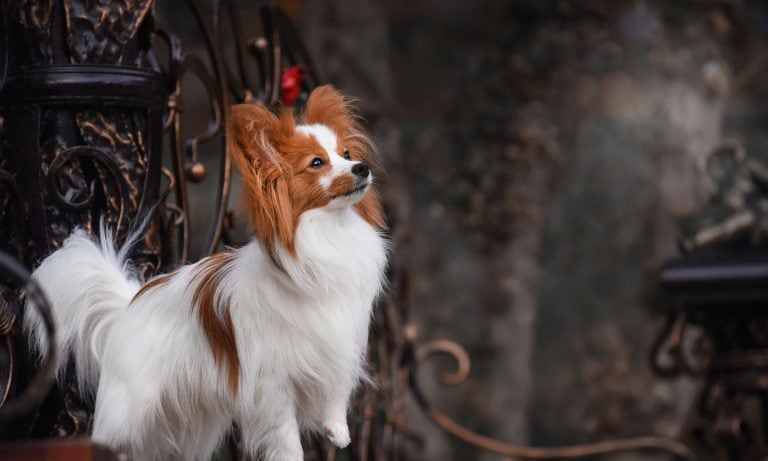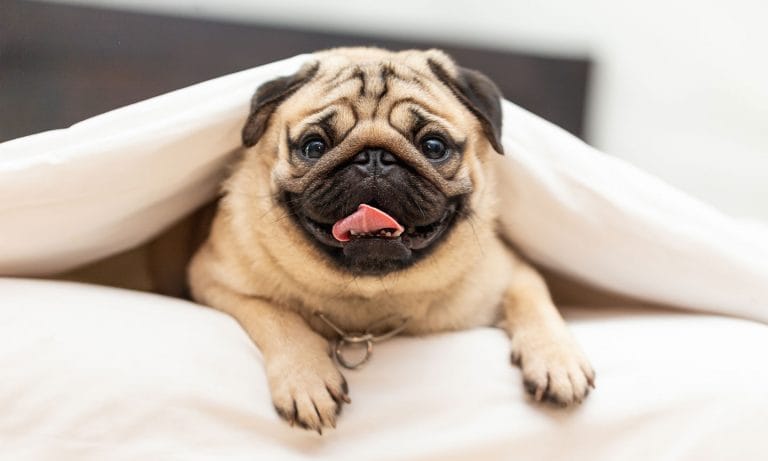Tiny but mighty best describes the Miniature Pinscher. If you’ve ever been underestimated, you’ll have a lot in common with this breeds. Though small, Min Pins have the heart of a lion and they’re not afraid of anything: bigger dogs, agility courses or dock diving. They take all their challenges head-on, earning them the nickname “King of Toys.” Their outgoing personality and tenacious spirit just may help you unleash your inner big dog.
Breed Snapshot
Temperament:
CleverCheerfulClass ClownCoat Color:
Black And RustBlack And TanStag RedChocolate And RustChocolate And TanRed
Best For
Miniature Pinschers are best for homes of all sizes, including apartments, so long as they get plenty of exercise and have pet parents who can keep up with their appetite for playtime.
Miniature Pinscher Temperament
With their larger-than-life personalities, Miniature Pinschers are very playful and eager to learn—and show off—new tricks. They’re motivated to explore uncharted territory, whether a hidden corner at home or a path you haven’t walked yet. Extremely loyal to their families, they can be headstrong and a bit demanding if they don’t get the attention they yearn for.
When you don’t have their attention, Min Pins are strong-willed and have a mind of their own. More often than not, they’re comfortable being independent and prefer to play with their own breed. They do tend to be friendly and make great companions but be cautious of them around strangers and other dogs. Sometimes they can be standoffish with other breeds unless they have a closely matching personality. Generally, Min Pins do better with older kids who will handle them with more care—as puppies, their thin limbs can be easily injured.
Since these small dogs were bred to kill small rodents in the home, it should come as no surprise that they love to work and have a penchant for chasing and capturing small critters. They’re known to pinch prey aggressively when they catch them. In fact, they’re determined to go after birds and small rodents whenever possible.
Despite their small size, this toy breed tends to be highly protective of their pet parents, especially when other dogs are in the mix. They also try to one-up other dogs to make themselves look bigger. Since Min Pins can be feisty, nippy and possessive of resources like food and toys, they may take some time to adjust to households with multiple animals, including cats. Kids shouldn’t snatch food or toys away from Min Pins as your pup may interpret that as a threat. Early socialization from puppyhood is important and will help them be well-behaved members of the family.
How to Care for a Miniature Pinscher
They may be the “King of Toys,” but when it comes to caring for your Miniature Pinscher, there’s no royal treatment needed here. With the right tools and routines in place, Min Pins are generally low-maintenance and easy to care for, making them an ideal fit for first-time pet parents and those who live in small, urban spaces.
Miniature Pinscher Health
Miniature Pinschers have a lifespan of 12 to 16 years and tend to be very healthy dogs. Some of the most common health issues Min Pins face are allergies and epilepsy. Because of their small stature, it’s important to be mindful of too much roughhousing with other animals or humans; they can be more fragile than you (or they) think! Be sure to schedule regular visits with your veterinarian and to communicate any possible issues that you may observe over time.
- Progressive Retinal Atrophy: The first sign often noticed in a Miniature Pinscher with PRA is night blindness. Affected dogs are sometimes nervous and anxious at night or can bump into objects in dim lighting. Since PRA is an inherited genetic disease, talk to your vet about testing options. While there’s no treatment for gradual blindness, the condition isn’t painful for your Min Pin.
- Legg-Calve-Perthes Disease: This condition is otherwise known as hip degeneration, which can lead to arthritis and hypothyroidism. One of the first signs to look out for is limping. Surgery may be required in severe cases.
- Hypothyroidism: If you suspect your Miniature Pinscher is experiencing a thyroid problem, keep an eye out for possible symptoms, including obesity, hair loss, seizures and/or lethargy. Ask your vet to do an evaluation. There’s currently no cure for hypothyroidism, but your pup’s condition can be managed with thyroid hormone replacement therapy.
- Allergies: Min Pins can be susceptible to skin allergies due to their short hair and smooth coat. This could lead to itchy skin and bacterial infections. Medications and supplements are possible treatment options.
- Epilepsy: Some Miniature Pinschers are prone to seizures, which usually start when they’re younger. Consult with your vet for a diagnostic screening and to discuss medication to help keep seizures under control. Some meds may need to be taken for your pup’s lifetime.
Miniature Pinscher History
The exact Miniature Pinscher origin story is somewhat of a mystery. What we do know about the “King of Toys” is that the breed is native to Germany and is also bred extensively throughout Scandinavia. Although their history isn’t 100-percent certain, it’s believed the breed dates back several centuries. It was likely derived from crossing the Italian Greyhound with the Dachshund. There may be some German Pinscher mixed in there, too.
Miniature Pinschers were initially bred to hunt rats. In Germany, they’re called Zwergpinscher (“pinscher” refers to dogs bred as guardians or to hunt rodents, and zwerg means “dwarf”). German breeders called Min Pins “dwarf-biters” because of their small stature and their penchant for chasing rats.
One common misconception about Min Pins is that they’re a smaller version of Doberman Pinschers. Despite looking alike, they’re two completely separate breeds. What explains the uncanny resemblance? Some breeders speculate that both the Min Pin and the Doberman descended from the German Pinscher, but the Doberman’s other ancestors include dogs like the Rottweiler, which is not in the Min Pin’s ancestry. Another Min Pin misconception is that they’re related to Manchester Terriers. Again, although these breeds do look alike, there is no relation.
The Miniature Pinscher remained fairly unknown outside of Germany and Scandinavia until the 1900s. In 1925, the American Kennel Club registered the first Min Pin. Ever since, the mini-but-magnificent breed has become increasingly popular for families of all shapes and sizes.
So, where’s the best place to find a Miniature Pinscher puppy? You can find a list of reputable breeders on the American Kennel Club’s website. What’s their average price? Depending on the breeder, expect to spend anywhere from $900 to $1,300 for a pup. But for that price, you’re likely getting a dog who’s been screened for health and temperament issues and may come with pedigree papers. You can also reach out to Miniature Pinscher rescue organizations to adopt a Min Pin or keep an eye out for the breed at your local animal shelter.
FAQs
How long do Miniature Pinschers live?
Miniature Pinschers live about 12 to 16 years, and with the proper care and routine vet visits, you can help your pup live a happy and long life.
Are Min Pins hypoallergenic?
No, Miniature Pinschers are not hypoallergenic. While they have short hair and smooth coats that don’t shed as much as other breeds, they do still shed occasionally.
How big do Miniature Pinschers get?
Miniature Pinschers don’t get very big. A healthy Min Pin weighs about 8 to 10 pounds and is no taller than 12.5 inches at the shoulder. While they’re tiny, they don’t let their size stop them from proudly taking on the title of “King of Toys.”
Are Miniature Pinschers aggressive?
Miniature Pinschers can sometimes be aggressive toward other dogs, especially those they aren’t familiar with. More than anything, they’re possessive of resources, including food and toys. And they will usually defend themselves if they feel these resources are being threatened in any way. With the proper socialization and consistent training, these pups can be well-behaved family members.
Do Miniature Pinschers bark a lot?
Yes, Miniature Pinchers bark a lot. You could say Min Pins really like the sound of their own voice! They’re hyper alert and often on the defense, so if they sense something is amiss, they’re definitely going to let you know. Min Pins may get nervous easily, which also affects their barking behavior.
What are the most popular Miniature Pinscher names?
The most popular Miniature Pinscher names are Coco, Milo, Bella, Max, Zoey, Mini, Minnie, Bella, Penny, Roxy, Max and Kaiser. If you’re looking for more inspiration, find more dog names here.
What are the most common Miniature Pinscher mixes?
The most common Miniature Pinscher mixes are:
- Miniature Pinscher-Chihuahua mix (Chipin)
- Miniature Pinscher-Dachshund mix (Doxie-Pin)
- Miniature Pinscher-Beagle mix (Meagle)
- Miniature Pinscher-Jack Russell mix (Minnie Jack)
- Miniature Pinscher-Yorkie mix (Yorkie Pin)
- Miniature Pinscher-Bichon Frise (Min Pin Frise)
- Miniature Pinscher-Boston Terrier (Bospin)
- Miniature Pinscher-Cairn Terrier (Mini Cairn Pin)
- Miniature Pinscher-Cavalier King Charles Spaniel (King Pin)
- Miniature Pinscher-French Bulldog (French Pin)
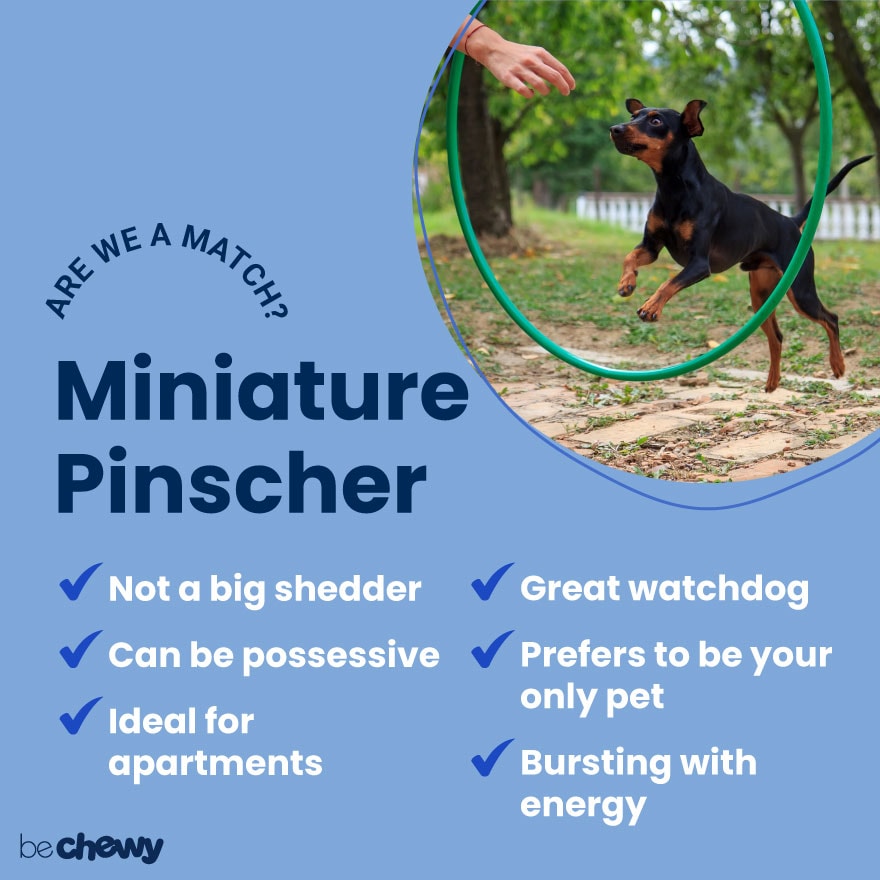
Top Takeaways
Have you been looking for a pint-sized companion who can hold their own and add a little lightness to your life? With their spunk, Miniature Pinschers will instantly add joy to your day without even trying. Min Pins are also hard to spook, making them dependable watch dogs. And because they’re relatively low maintenance, this breed is an all-around winner, especially for first-time pet parents.
Expert input provided by Dr. Amanda Williams, chief veterinarian and medical director at Furry Friends Adoption, Clinic & Ranch, and Sparky Serka and Bethany Wilson, head trainers at The Puppy Academy.

Search for Adoptable Miniature Pinschers Near You
Top Miniature Pinscher Names
These are the top Miniature Pinscher names as chosen by Chewy's pet parents!
Female Names
- Bella
- Luna
- Coco
- Penny
- Daisy
- Lola
- Lily
- Lucy
- Piper
- Mia
Male Names
- Max
- Rocky
- Buddy
- Milo
- Bruno
- Loki
- Cooper
- Oliver
- Jax
- Charlie
Share:
